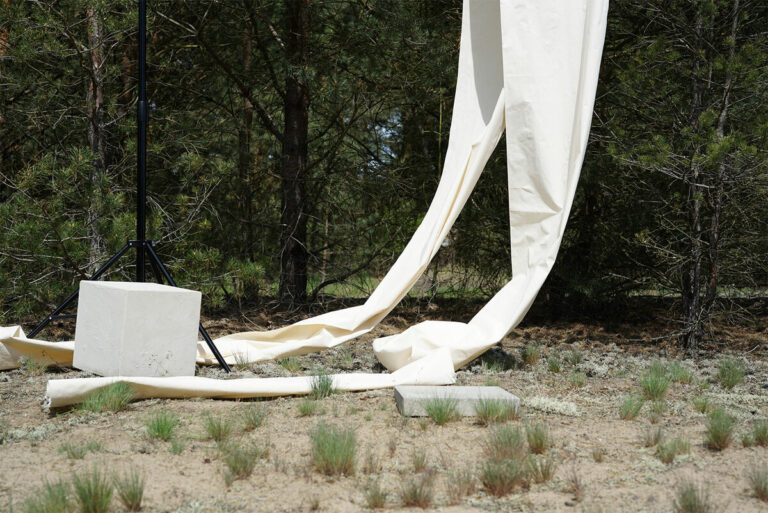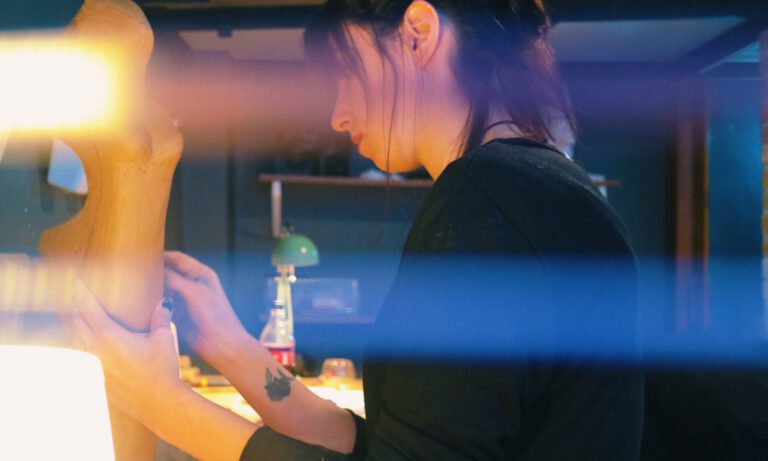A closer look at jeans
Have you ever counted how many pairs of jeans you actually have in your wardrobe, and yet…

Have you ever counted how many pairs of jeans you actually have in your wardrobe, and yet…

Project CECE is an online platform for buying sustainable and fair fashion, offering access to selected brands…


Danny Reinke is a fashion brand, which combines craftmanship and local production in our hometown Berlin. We…

Trippen, the sustainble internationally renowned avant-garde shoe brand from Berlin, was founded three decades ago. We are…

We have already looked at sourcing raw materials for the garment industry from a city’s waste. Cities…